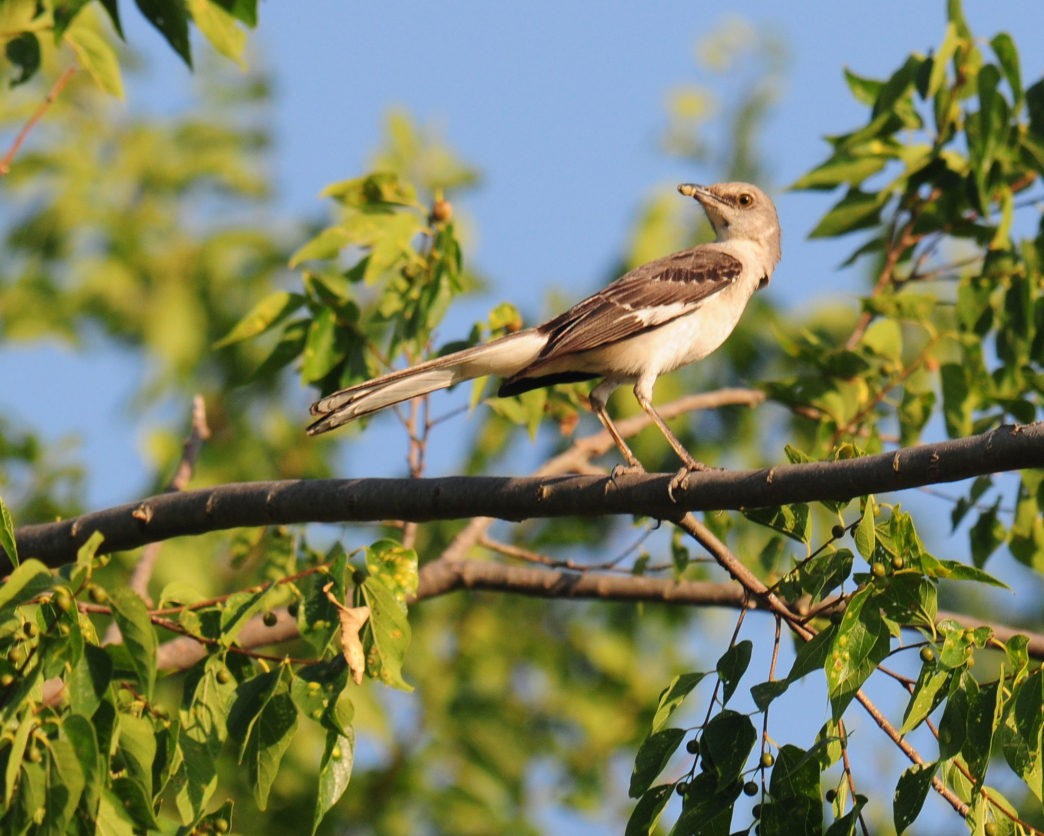Established in 1991, Balcones Canyonlands National Wildlife Refuge consists of just under 72 square miles of protected land, designed as a refuge for two highly endangered migratory bird species—the black-capped vireo and golden-cheeked warbler, although more than 280 species of birds have been observed within the refuge, making it a birdwatcher’s paradise. The refuge was pieced together by ranch land purchased by the U.S. Fish and Wildlife Services, and, according to the Fish and Wildlife Service, is one of only fourteen “dedicated Land Management Research and Demonstration Areas where new habitat management techniques and approaches are developed, implemented and showcased.”
Located less than an hour from Austin, five miles west of Lago Vista, Texas, the refuge’s Doeskin Ranch Trail System was recognized by National Recreation Trails in 2005 for its five trails spanning its 24,000 acres. These easy-to-moderate trails meander through the refuge’s habitats, snug between the Colorado and Brazos river watersheds, with meadows and sinkholes that rest atop a wild cave system. There are thickets of oak and juniper trees, which are the only place the endangered warbler will lay its eggs, making the habitat crucial to the bird species’ survival, Because of the refuge’s conservation efforts, the park’s activities are limited to sunrise-to-sunset birdwatching, hiking, and hunting (with a special use permit) to help manage wildlife conservation efforts which keep feral hog, wild turkey, and deer populations under control.
Visiting the Refuge

Vince Smith
For visitors wishing to explore the refuge’s nature trails, there are two parts of the park with trails, some of which include interpretive trail guides that provide additional information about the area’s history, geology, and wildlife: Warbler Vista and Doeskin Ranch. Warbler Vista has three one-way trails, ranging from 0.6 to 0.75 miles, all of which are easy to moderate and give visitors the opportunity to hike through warbler habitat and across the limestone terraces the area is known for.
Because of the park’s ongoing conservation efforts, interpretive trail guides, and emphasis on education, the refuge is also a great opportunity for families who enjoy outings that include both observing and learning about the nature around them.
For those seeking more range in trail difficulty and length, Doeskin Ranch provides five trails, ranging from just 0.6 miles to 2.2 miles, that range from easy to moderate, including the refuge’s latest trail addition—the 1.5-mile backcountry Indiangrass Trail. Doeskin Ranch trails provide access to grasslands that are monarch territory during their annual migration, with thousands of butterflies passing through Texas in late September, as well as the juniper and oak groves where the warblers and vireos nest in the springtime. April brings the Songbird Festival, which is a celebration of and welcome to the migratory birds, which usually arrive in late March.

Vince Smith
There are many flora and fauna observation opportunities within the refuge, making it a favorite Hill Country destination among photographers. Balcones Canyonlands is home to the ringtail cat, red fox, a number of bats, bobcats, nutria, coyote, axis deer, bobcats, and feral pigs. Some of the species have been introduced to the environment and are a rare sighting, but the land is vast and the wildlife-spotting opportunities are endless. There are thousands of plant species and several butterfly and moth species found within the refuge, too.
While the endangered bird species pass through in the springtime, visitors enjoy spending ample time in the refuge year-round, as it’s also habitat to a number of other bird species like the red-tailed hawk, spoonbills, cranes, sandpipers, pigeons, doves, and a number of duck and geese species. In fact, there are a handful of events throughout the year thanks to the Friends of Balcones Canyonlands National Wildlife Refuge—a volunteer-based organization that helps maintain the park, while guiding and educating visitors, and hosting events—like SparrowFest in February, SwiftFest in August, and Refuge Week in October.
With mild winters and wild displays of wildflowers each spring, Balcones Canyonlands is a wonderful outing, whether you prefer to explore solo, with friends, with family, with binoculars, or with your DSLR. It’s free to visit, with permits required only for hunters wishing to partake in Texas’ various hunting seasons.
Originally written by RootsRated.
Featured image provided by Vince Smith

